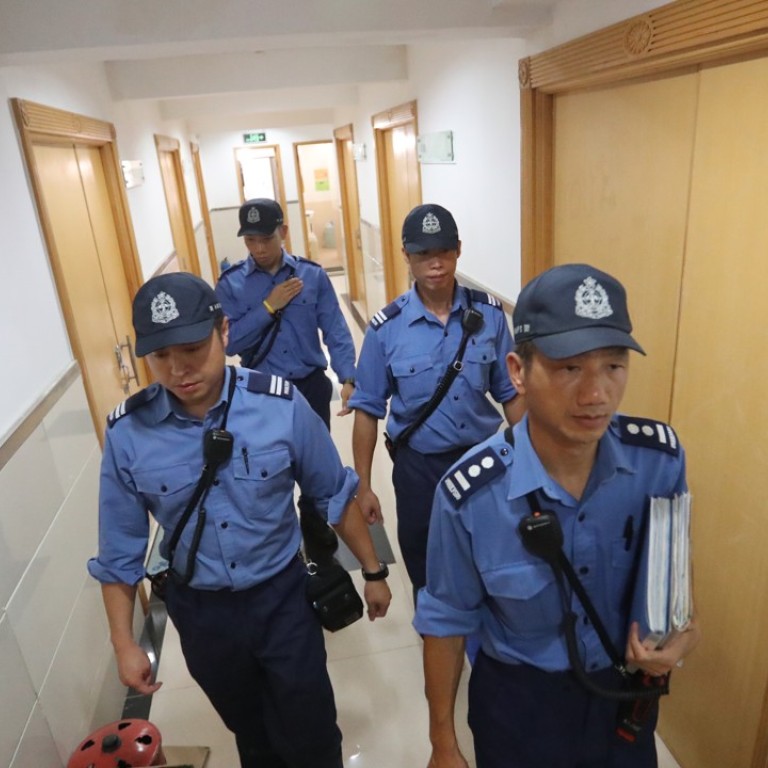
Act now on safety of industrial buildings
Old blocks are increasingly being subdivided into units that are used for a wide range of purposes with little regard to safety, as seen in the tragic deaths of three young people in a fire in Kwai Chung
Sadly, it has taken another fatal blaze for Hong Kong officials to renew promises on improving safety standards at old industrial buildings. This came after a fire at a 45-year-old industrial block in Kwai Chung killed three youngsters trapped inside one of 17 units illegally built on the 10th floor. The government swiftly pledged to push ahead with plans to tighten fire safety, as it did in response to similar tragedies in the past.
The suggestion that the victims were using the unit for leisure and entertainment rather than as a home does not make the case less worthy of public attention. The trio were believed to be preparing a flaming cocktail drink in the 200-odd sq ft flat, which was padded with cotton-filled soundproofing materials and used as a “hangout” for drinking and karaoke. The incident shows that the problems with subdivided units are not just confined to residential buildings. Increasingly, industrial blocks have been used for a wide range of purposes such as offices, workshops and party venues. Many users may not be fully aware of the potential dangers of their activities. In Saturday’s inferno, the furnishings in the room and the alcohol used for mixing cocktails proved a deadly combination. This was compounded by the fact that the block, built before 1973, was exempt from laws mandating the installation of automatic sprinklers.
Having worked in previous administrations, Chief Executive Carrie Lam Cheng Yuet-ngor is well aware that the issue of subdivided flats is a thorny one. While there is an agenda to criminalise the operation of illegal units and to produce more government-sanctioned ones, the overall policy is anything but clear. Officials still seem to have no idea how widespread the problem is, although a government advisory panel once estimated that as many as 171,000 people could be living in subdivided flats. What is certain, though, is that such units are potential fire hazards. To maximise profits, the units are usually partitioned with little regard to safety. As few landlords impose restrictions on usage, tenants may engage in activities that pose dangers to themselves and others.
This is not the first time officials have promised to improve industrial building safety in the wake of a deadly blaze. Without results, such pledges can be seen as empty rhetoric. The need for action is long overdue. If Lam’s government is as proactive and innovative as it aims to be, it should adopt a more holistic approach. Instead of tackling the problem in a piecemeal manner, an overhaul of the relevant legislations in one go is advisable. It is good to hear that Lam is exploring new and safe ways to make better use of industrial buildings. We hope the matter will be dealt with urgently, lest another tragedy takes place.

